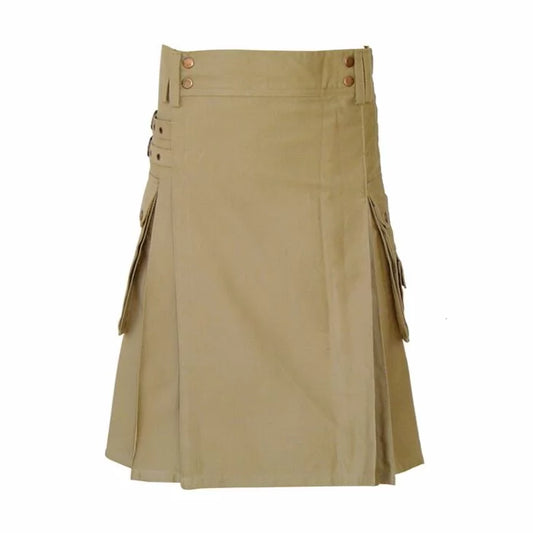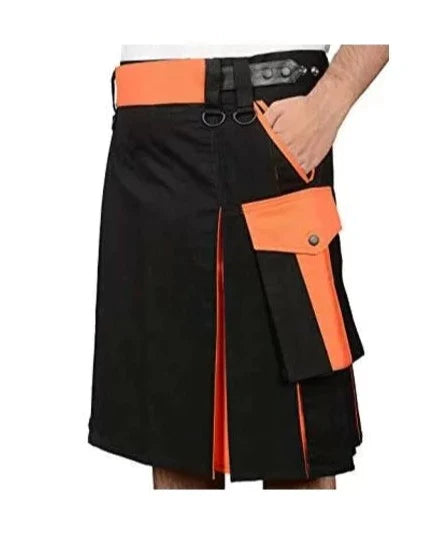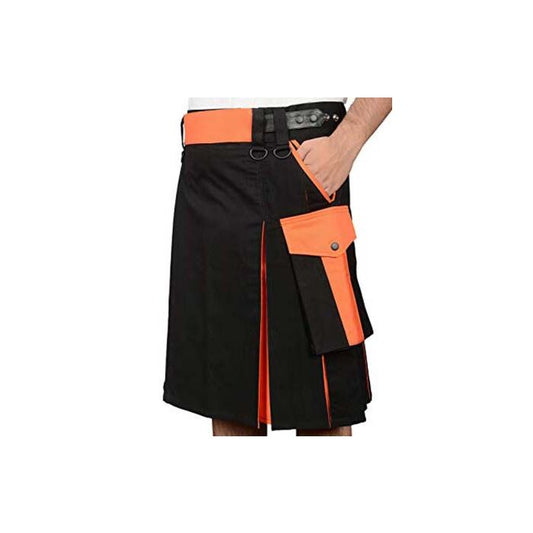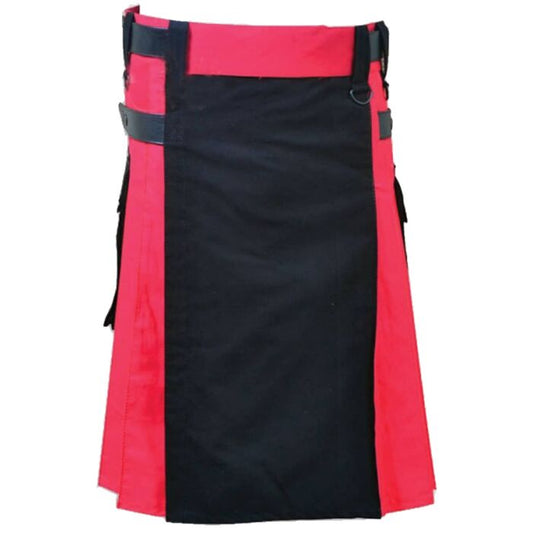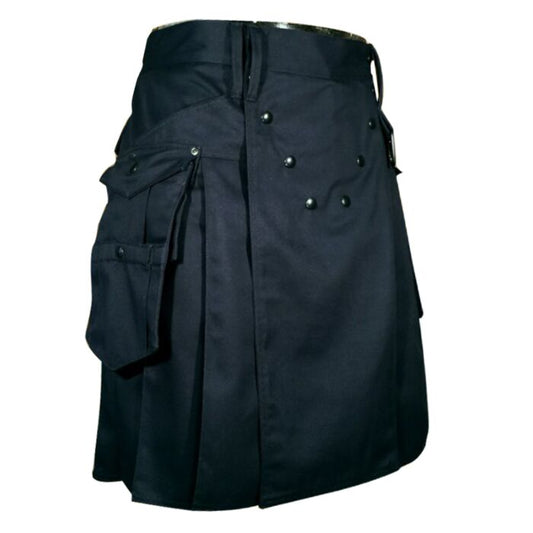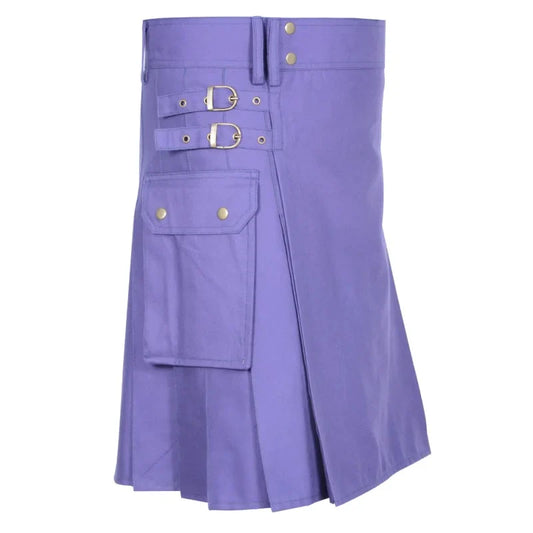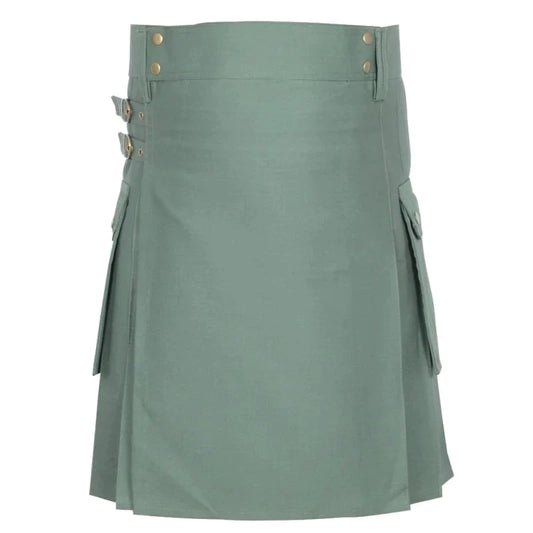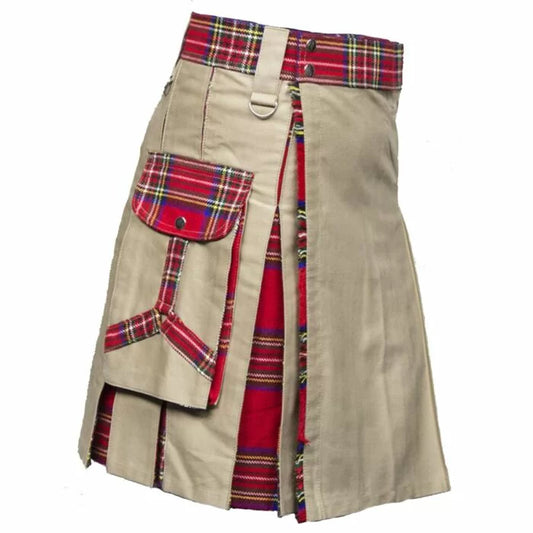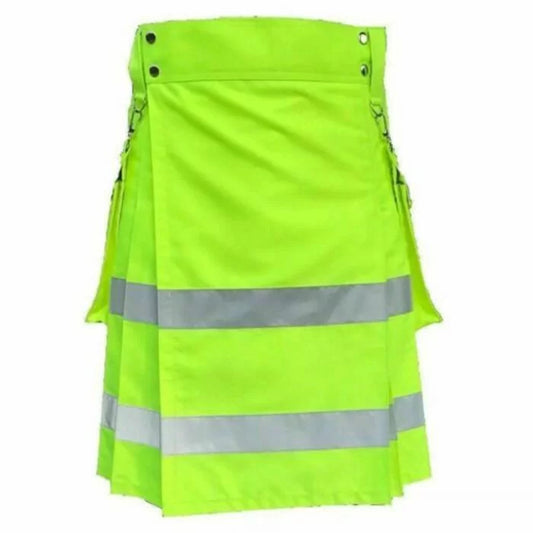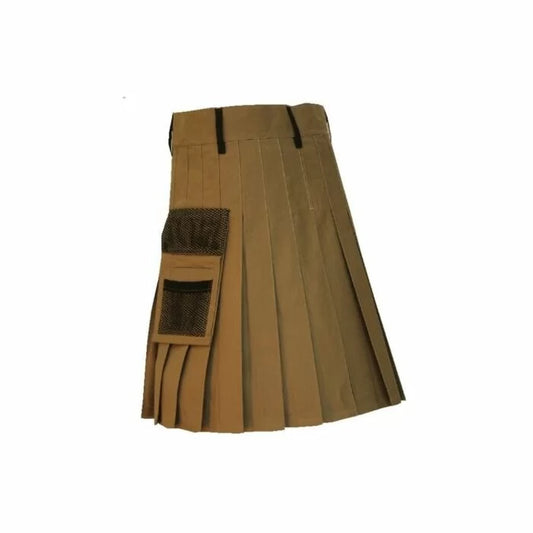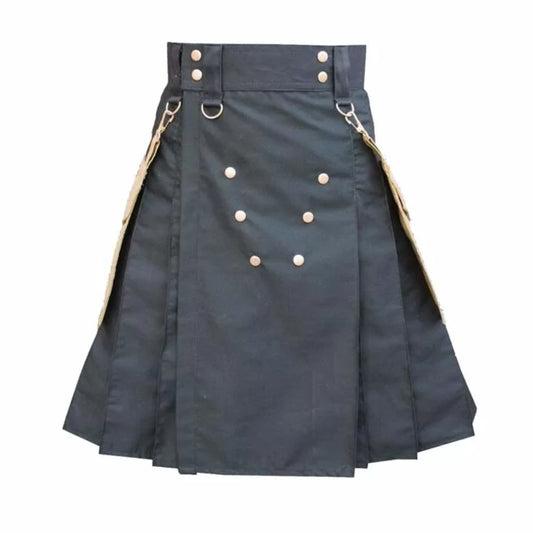-
Work Kilt for Working Men
Regular price $123.00 CADRegular priceUnit price / per$136.00 CADSale price $123.00 CADSale -
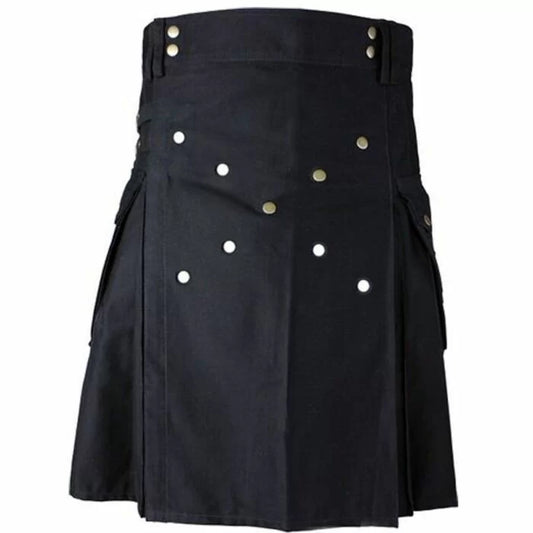 Sale
SaleWorking Men Kilt
Regular price $123.00 CADRegular priceUnit price / per$136.00 CADSale price $123.00 CADSale -
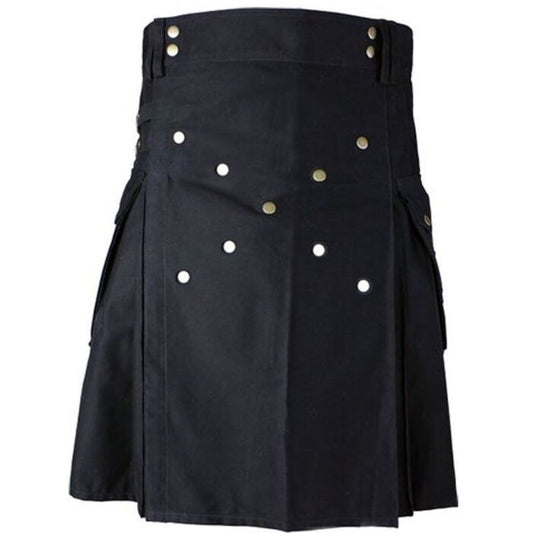 Sale
SaleWorking Men Kilt
Regular price $123.00 CADRegular priceUnit price / per$136.00 CADSale price $123.00 CADSale -
Black with Orange Straps Utility Firefighter Kilt
Regular price $123.00 CADRegular priceUnit price / per$136.00 CADSale price $123.00 CADSale -
 Sale
SaleWork Kilt for Men
Regular price $123.00 CADRegular priceUnit price / per$136.00 CADSale price $123.00 CADSale -
Utility Kilt Black And Red
Regular price $123.00 CADRegular priceUnit price / per$136.00 CADSale price $123.00 CADSale -
Survival Utility Mocker Kilt Black
Regular price $123.00 CADRegular priceUnit price / per$136.00 CADSale price $123.00 CADSale -
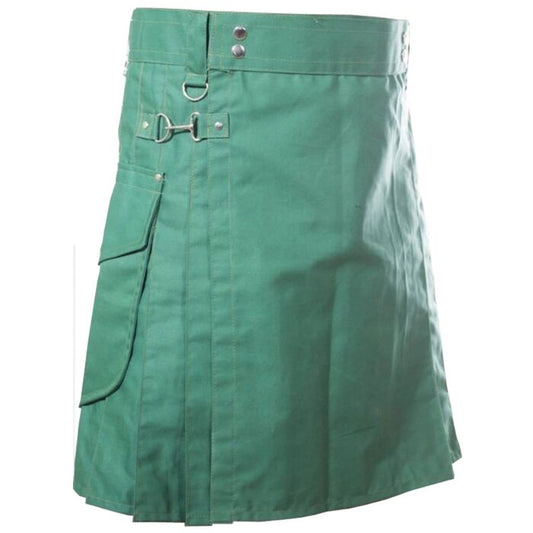 Sale
SaleSea Green Kilt
Regular price $123.00 CADRegular priceUnit price / per$136.00 CADSale price $123.00 CADSale -
Scottish Men's Utility Kilt Made to Measure Handmade Utility Kilt For Men
Regular price $123.00 CADRegular priceUnit price / per$136.00 CADSale price $123.00 CADSale -
Scottish Made to Measure Handmade Utility Kilt For Men
Regular price $123.00 CADRegular priceUnit price / per$136.00 CADSale price $123.00 CADSale -
Orange with Silver Reflecting Trim Utility Firefighter Kilt
Regular price $123.00 CADRegular priceUnit price / per$136.00 CADSale price $123.00 CADSale -
Men Kilt For Working Men
Regular price $123.00 CADRegular priceUnit price / per$136.00 CADSale price $123.00 CADSale -
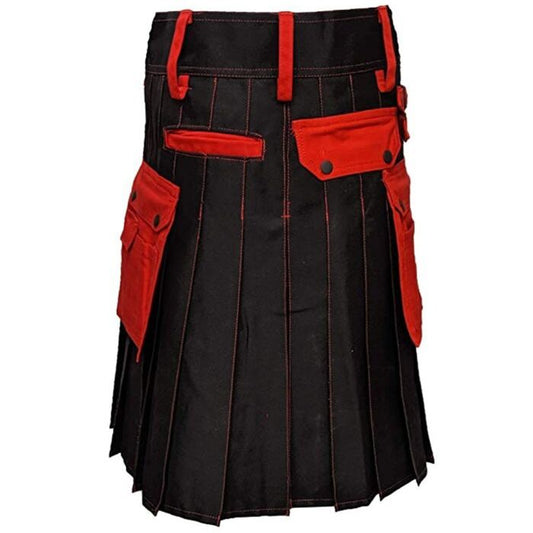 Sale
SaleMen's Utility Kilt
Regular price $123.00 CADRegular priceUnit price / per$136.00 CADSale price $123.00 CADSale -
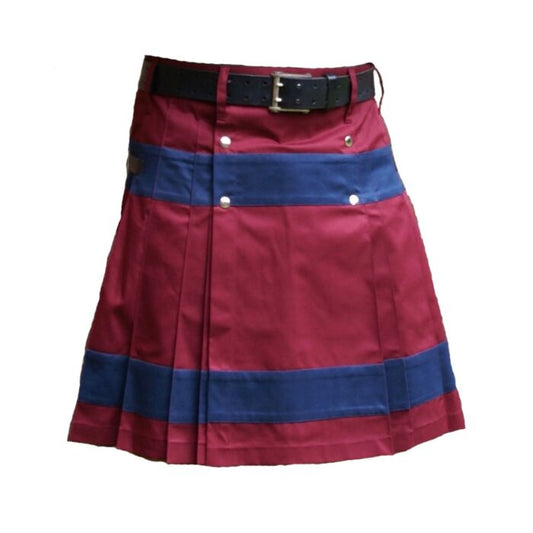 Sale
SaleMaroon Utility Kilt
Regular price $123.00 CADRegular priceUnit price / per$136.00 CADSale price $123.00 CADSale -
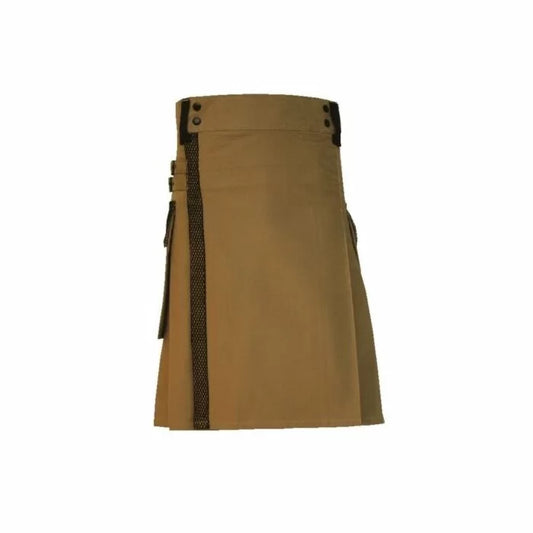 Sale
SaleKilt For Working Men
Regular price $123.00 CADRegular priceUnit price / per$137.00 CADSale price $123.00 CADSale -
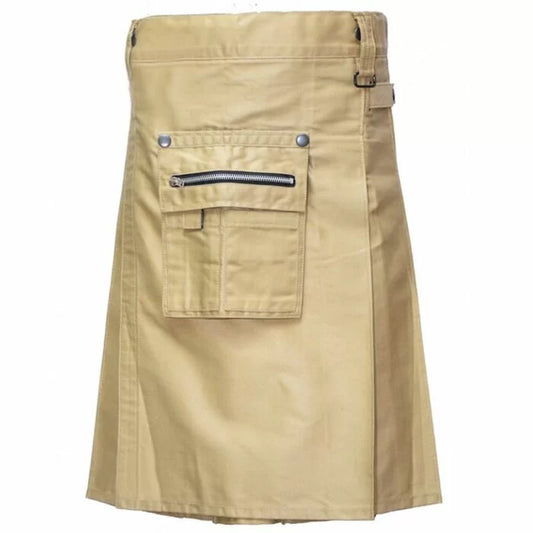 Sale
SaleKhaki Utility Kilt
Regular price $123.00 CADRegular priceUnit price / per$136.00 CADSale price $123.00 CADSale -
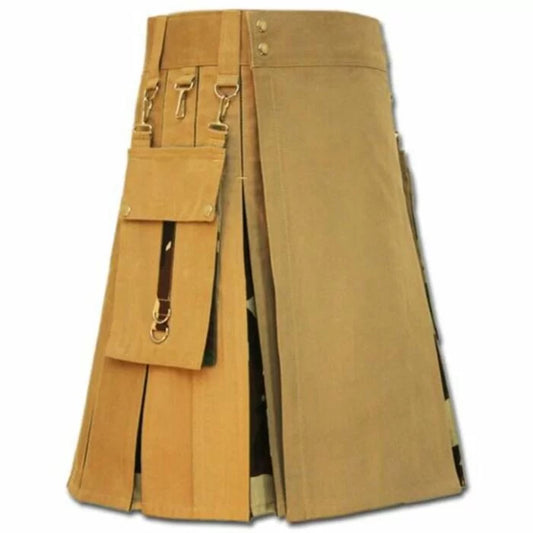 Sale
SaleHybrid Work Kilt
Regular price $123.00 CADRegular priceUnit price / per$137.00 CADSale price $123.00 CADSale -
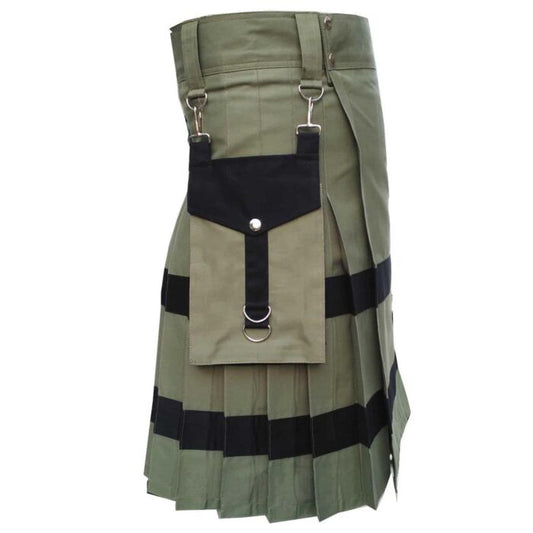 Sale
SaleFashion Kilt Mens
Regular price $123.00 CADRegular priceUnit price / per$136.00 CADSale price $123.00 CADSale -
Detachable Pockets Utility Kilt
Regular price $123.00 CADRegular priceUnit price / per$136.00 CADSale price $123.00 CADSale -
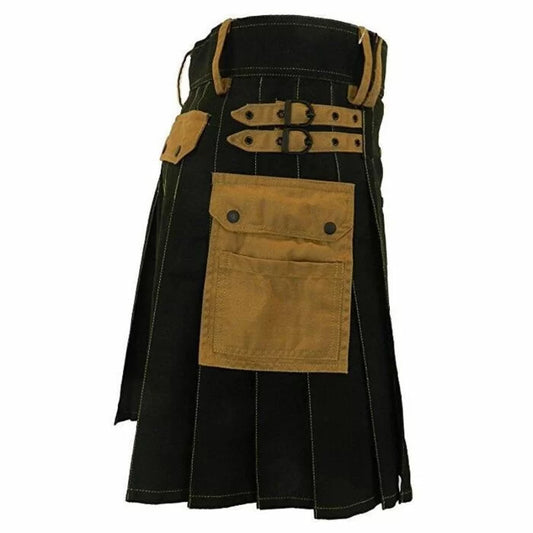 Sale
SaleDeluxe Utility Kilt
Regular price $123.00 CADRegular priceUnit price / per$136.00 CADSale price $123.00 CADSale -
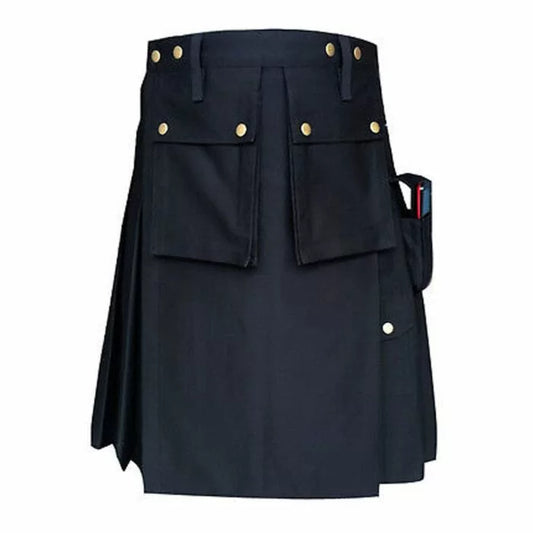 Sale
SaleCraftsman Kilt
Regular price $123.00 CADRegular priceUnit price / per$149.00 CADSale price $123.00 CADSale -
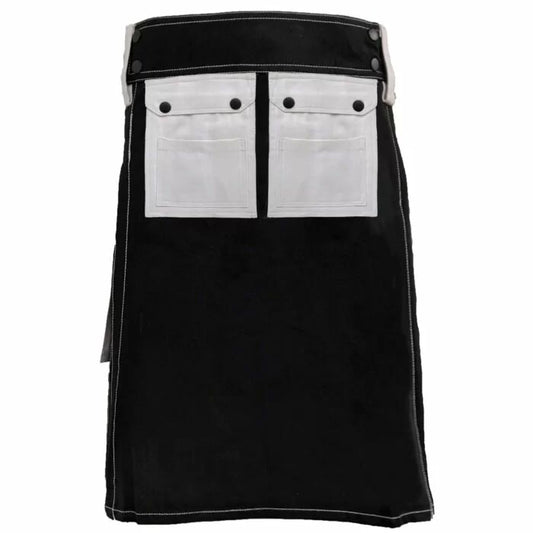 Sale
SaleCarhartt Work kilt
Regular price $123.00 CADRegular priceUnit price / per$137.00 CADSale price $123.00 CADSale
Collection: Work Kilts
Work Kilts: Combining Comfort, Functionality, and Style
Introduction: Work kilts are practical garments designed to provide comfort, functionality, and durability in various occupational settings. These kilts offer wearers a versatile alternative to traditional workwear, blending the iconic silhouette of the kilt with features tailored for active and demanding work environments. In this guide, we'll explore the origins, uses, types, features, and benefits of work kilts.
Origins and Evolution: Historical Context The concept of work kilts can be traced back to the utilitarian clothing worn by laborers, tradespeople, and craftsmen throughout history. Kilts provided freedom of movement and ventilation, making them well-suited for physical labor in diverse industries.
Modern Adaptations In modern times, work kilts have evolved to meet the needs of various professions, from construction workers and artisans to outdoor enthusiasts and active individuals. Designers have incorporated practical features and durable materials to create kilts that prioritize functionality without sacrificing style.
Uses of Work Kilts: Occupational Settings Work kilts are commonly worn in occupational settings that require comfort, mobility, and durability. These may include construction sites, workshops, factories, agricultural settings, and outdoor environments where traditional workwear may be impractical or uncomfortable.
Outdoor Activities Work kilts are also popular among outdoor enthusiasts and sports enthusiasts who value freedom of movement, ventilation, and versatility. Whether hiking, camping, fishing, or participating in outdoor sports, wearers appreciate the comfort and functionality of work kilts.
Types of Work Kilts: Utility Kilts Utility kilts are designed with functionality in mind, featuring practical features such as cargo pockets, D-rings, tool loops, and reinforced stitching. These kilts offer ample storage space for tools, equipment, and personal belongings, making them ideal for tradespeople, craftsmen, and outdoor workers.
High-Visibility Kilts High-visibility kilts are crafted from fluorescent fabrics with reflective tape, ensuring visibility and safety in low-light conditions or hazardous work environments. These kilts are commonly worn by construction workers, road maintenance crews, and other professionals who work near traffic or heavy machinery.
Features and Benefits: Comfortable Fit Work kilts are tailored for comfort, with roomy pleats and adjustable waistbands that provide freedom of movement and flexibility throughout the workday. Breathable fabrics ensure ventilation and moisture-wicking properties, keeping wearers cool and dry in various conditions.
Durable Construction Work kilts are constructed from durable materials such as ripstop fabric, canvas, or denim, offering resistance to tears, abrasions, and punctures. Reinforced stitching and rugged hardware ensure longevity and durability, even in demanding work environments.
Functional Design Work kilts feature practical design elements such as multiple pockets, tool loops, and attachment points for accessories, allowing wearers to keep essential tools and equipment close at hand. These features enhance efficiency and productivity on the job, reducing the need for additional tool belts or pouches.
Conclusion: Work kilts offer a comfortable, functional, and stylish alternative to traditional workwear, catering to the needs of professionals in various industries and outdoor enthusiasts alike. By combining the iconic silhouette of the kilt with practical features and durable materials, work kilts empower wearers to tackle the demands of their occupations with confidence and style. Whether on the job site or in the great outdoors, work kilts provide comfort, mobility, and versatility for a wide range of activities and environments.

